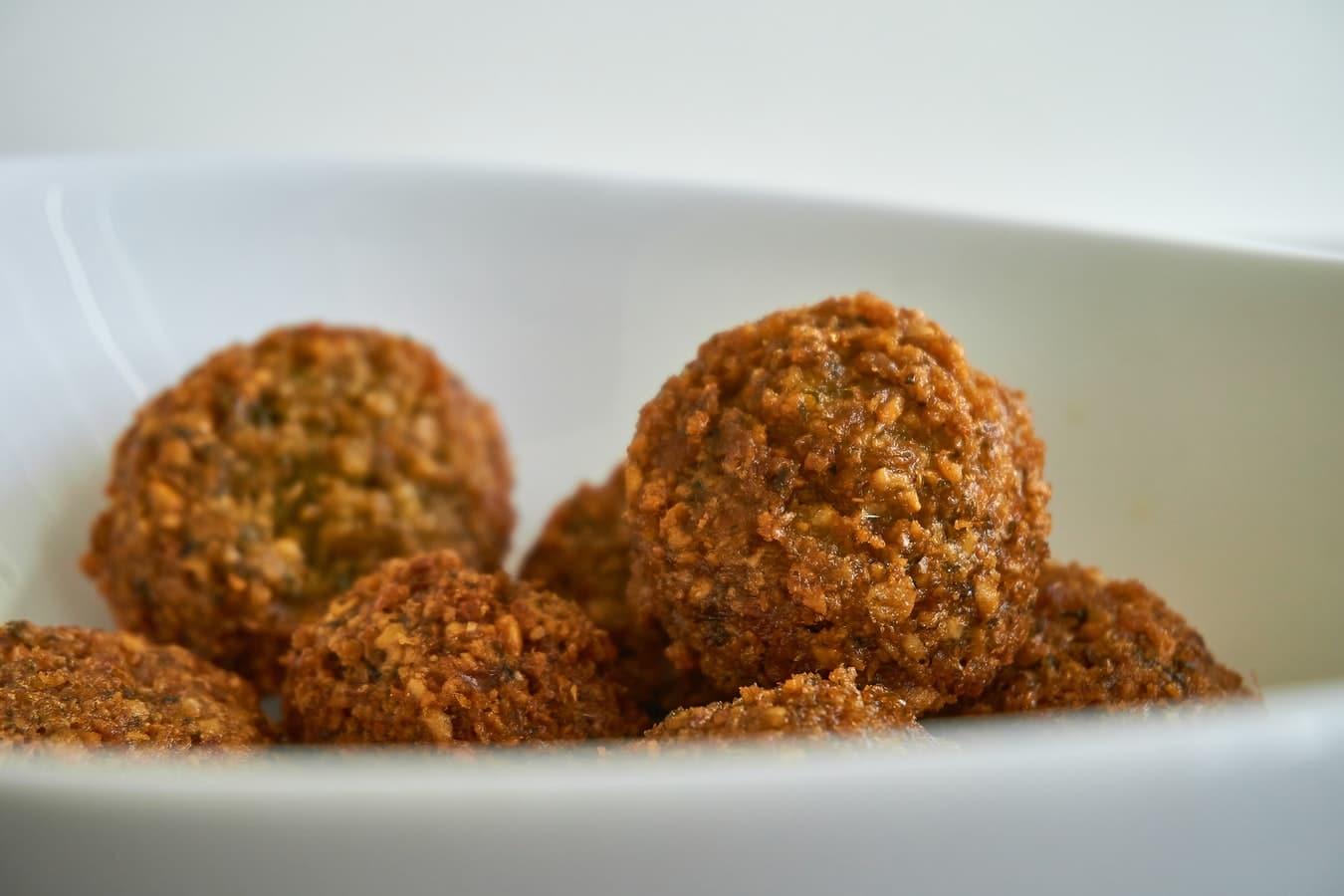Recently my daughter was diagnosed with iron deficiency anemia. Although this came by surprise, I was really not surprised. First of all, there is a hereditary component to it, as I have been iron deficient for most of my life. Second, she really does not eat a lot of foods high in iron. We are not big meat eaters. Although she does enjoy some spinach, the form of iron in vegetables is a non-heme form and is not as bioavailable as the heme-form of iron found in meat. Adding in foods that include the heme from of iron can enhance absorption of plant foods that contain sources of nonheme iron. For example, according to (Hurrell and Egli, 2018), the addition of beef, chicken or fish can increase nonheme absorption 2-3 fold. I would also include sources of vitamin C in her diet to enhance iron absorption, which is why I try to serve this meal with fresh kiwis. Did you know that one cup of kiwi provides almost 275% of the daily recommended allowance of vitamin C (Axe, n.d.)? She loves the Golden Kiwis. “The enhancing effect is largely due to its ability to reduce ferric to ferrous iron by is also due to its potential to chelate iron (Hurrell and Egli, 2018).
Please note: kiwis are very high oxalate, so if you have oxalate issues, swap it out with a lemon juice you can squirt on your meatballs
Ingredients
- 1lb organic grass fed beef
- 2-4 cloves fresh garlic
- Fresh parsley
- Fresh cilantro
- Fresh basil
- ½ large onion
- Pink Himalayan sea salt
- ½c raw lactino kale (low oxalate)
In a small food processor bullet, mix together the herbs and spinach with the garlic and onions until you have reached the desired texture and size. Mix them completely with the meat mixture. Form the meat into 1-1.5” meatballs. In a baking pan, sprayed with avocado or grapeseed oil, place them about 1 inch apart. Cook at 425 for approximately 20-30 minutes. Make sure to check them halfway and flip them so one side does not burn. Enjoy with a side of spinach salad and fresh kiwi to enhance the bioavailability of the iron, and the synergistic combination of non-heme and heme iron.
References
Axe (n.d.) Kiwi Nutrition: 10 Surprising Benefits + More Vitamin C than Orange. Retrieved (2018, Sept 19) from https://draxe.com/kiwi-nutrition/
Berg, R. L., & Shaw, G. R. (2013). Laboratory evaluation for vitamin B12 deficiency: the case for cascade testing. Clin Med Res, 11(1), 7-15. doi:10.3121/cmr.2012.1112
Ballas, S. K. (1979). Normal serum iron and elevated total iron-binding capacity in iron-deficiency states. Am J Clin Pathol, 71(4), 401-403.
Ibrahim, R., Khan, A., Raza, S., Kafeel, M., Dabas, R., Haynes, E., . . . Zaman, M. (2012). Triad of iron deficiency anemia, severe thrombocytopenia and menorrhagia-a case report and literature review. Clin Med Insights Case Rep, 5, 23-27. doi:10.4137/CCRep.S9329
Hurrell R., Egli, I. (2018). Iron bioavailability and dietary reference values. Am J Clin Nutr (suppl), 1461-7
Kahn Academy (2014). Chronic disease vs. iron deficiency anemia. Retrieved (2015, Sept 15) from https://www.youtube.com/watch?v=tVNRn4srPUI&feature=youtu.be

